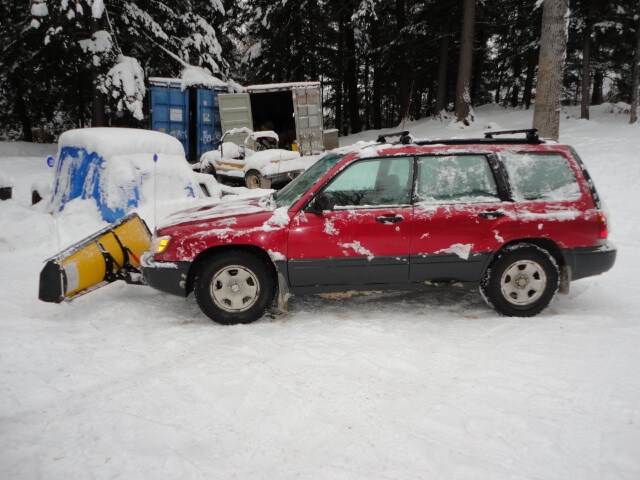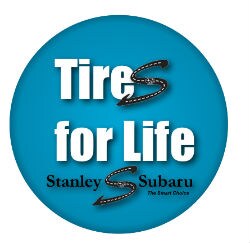Although this winter has been relatively mild with few snow storms, don't be fooled that we won't get more! The following tips will help refresh your memory of inclement weather strategies for keeping yourself safe.
1. Don't Be Lazy. Clear ALL the snow off your car....all the windows, hood, and roof should be clear of snow before you drive. Blowing snow from your car can impair your vision, or blind people driving behind you. Those brief white-out conditions can cause accidents.
2. Be Patient. Unless you are drive the ambulance, there is no need to rush while driving in stormy weather. With slick roads, be sure to leave early for your destination and be sure to leave enough room between your vehicle and those in front of you to allow slow, gradual, stopping.
3. If you get stuck in a snow drift or if the visibility is near zero and you decide to pull off the road, stay IN your car. It is dangerous to leave your car to walk for help and there is considerable risk for getting lost or injured by passing motorists or snowplows. Be sure the tailpipe is free from snow and ice, then stay in your car with your hazard lights on. Periodically start the car to keep yourself warm but don't leave it running for too long and risk running out of gas entirely.
4. Don't forget your cell phone (and car charger for it)! You need to be able to help yourself if no one knows where you are. If you don't have one, try a simple Trac-phone or Safe-Link phone to keep in your car for these emergencies. Be sure to store your roadside assistance company or local towing company in the contacts. Your insurance company's contact information should already be in your car and accessible should you need it in the event of an accident.
5. Keep your tires properly inflated! Check your tires frequently, especially during cold snaps in the winter.
Winter Tech, a division of TireRack.com advises below:
"Tires don't really carry the weight of your vehicle...the air pressure inside them does. And maintaining the correct air pressure is a requirement for good handling, traction and durability. The tire pressure recommended in your vehicle's owner's manual or on the tire information placard is a "cold" pressure, so it should be checked in the morning before you drive more than a few miles.
"The fall and early winter months are the most critical times to check your tire's inflation pressures because air is a gas which contracts as the days get shorter and the temperatures get colder. For every 10 degree Fahrenheit change in outside temperature, your tire's inflation pressure will change by about 1 psi (up with higher and down with lower temperatures)
"In most parts of the country the typical difference between average summer and winter temperatures is about -50 degree F. That difference results in a loss of about 5 psi, which will sacrifice tire performance and treadwear! If you are fortunate enough to park in an attached or heated garage you will also "lose" pressure when you leave its warmth and venture into the real world outside. So add 1 psi of "cold" tire pressure to compensate for each 10 degree temperature difference. And finally, don't forget to keep your valve caps on. If left off, moisture can freeze in the valve and allow the air to escape."
Below is a video on how to check your tire pressure and where to find the manufacturer's recommended psi.
For more information on Subaru's Low Tire Pressure Warning System, click here.
Stanley Subaru offers Free Tires for Life, a rewards program available on all new Subarus! Purchase your vehicle and have your regularly scheduled maintenance here at Stanley Subaru and you will get your tires replaced when they wear out....for the life of your car! To date, we have given away over $620,000 worth of tires with our Tires For Life Program! To learn more, click here.
What other tips or advice do you have? I'd love to hear suggestions for what to include in future posts. Do you have any questions about Stanley Subaru or the automobile industry itself? I am all ears.
Have a great day and Happy Reading!
Jeanne

Jeanne Dennison
Communications Specialist
Stanley Subaru
www.stanleysubaru.com
See Our Page on Facebook!
Follow us on Twitter @StanleySubaru!






